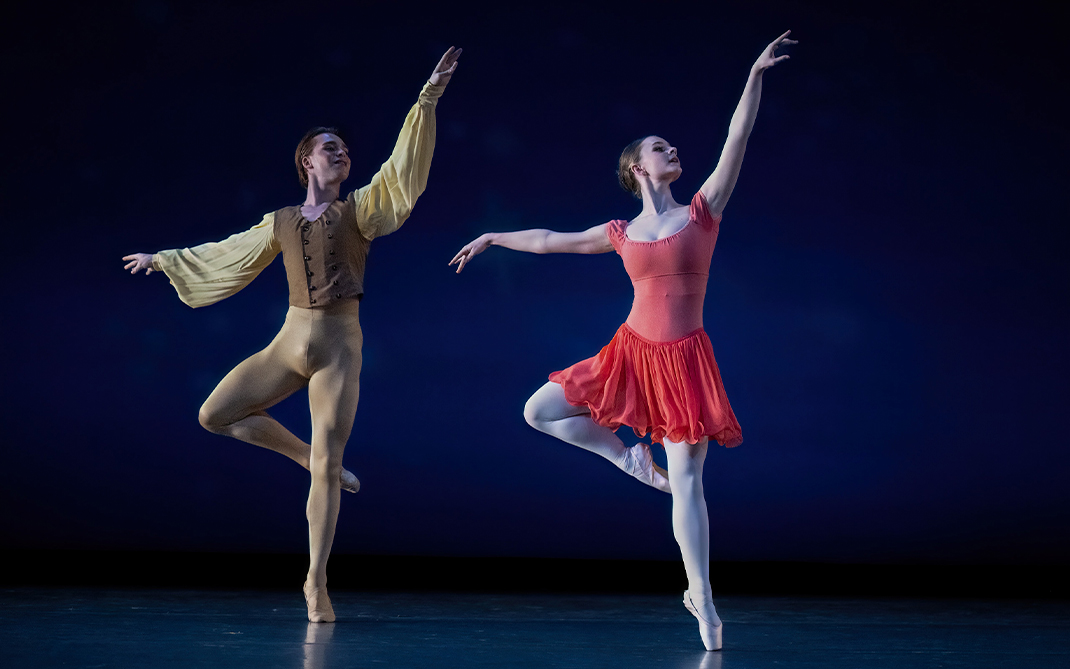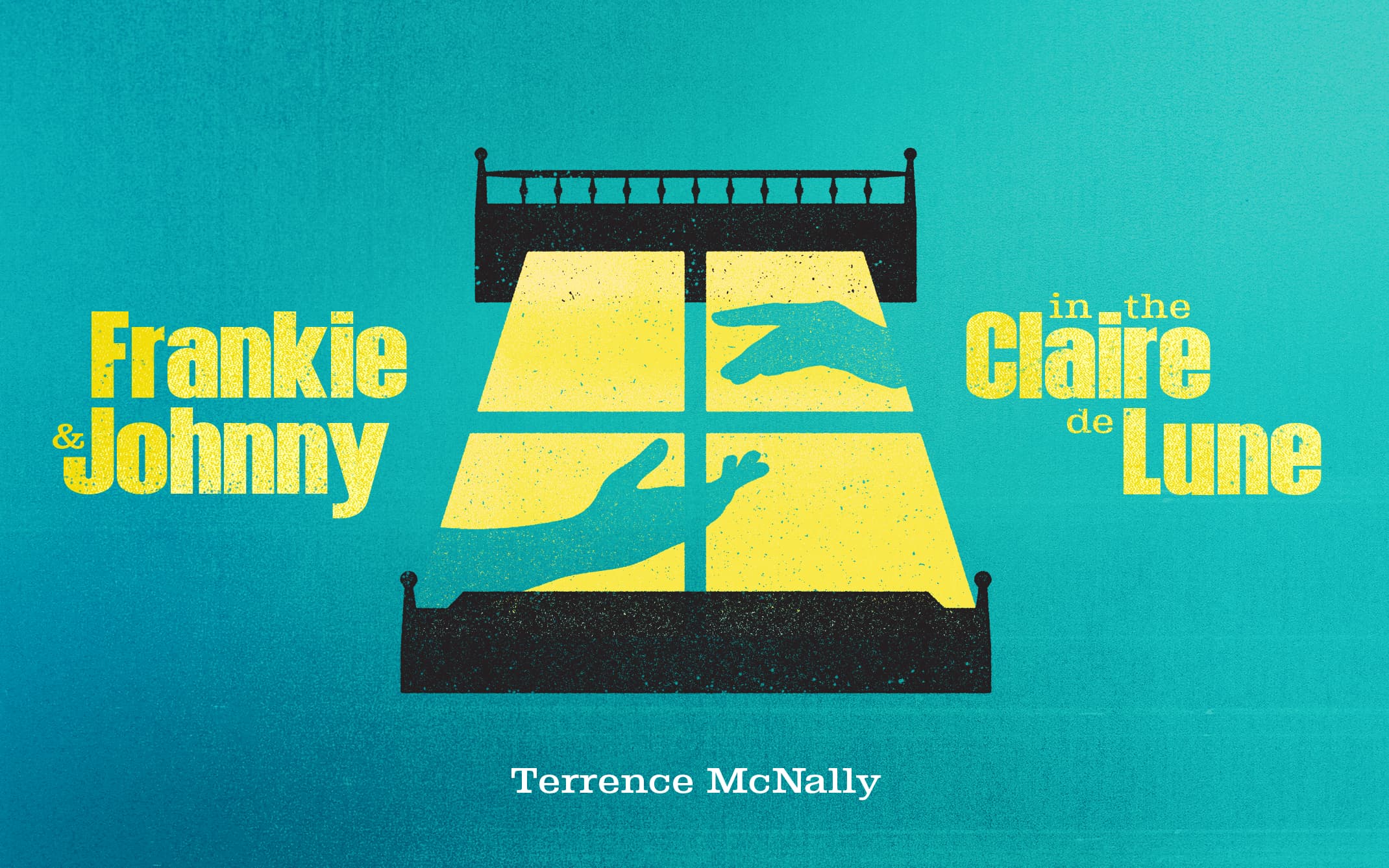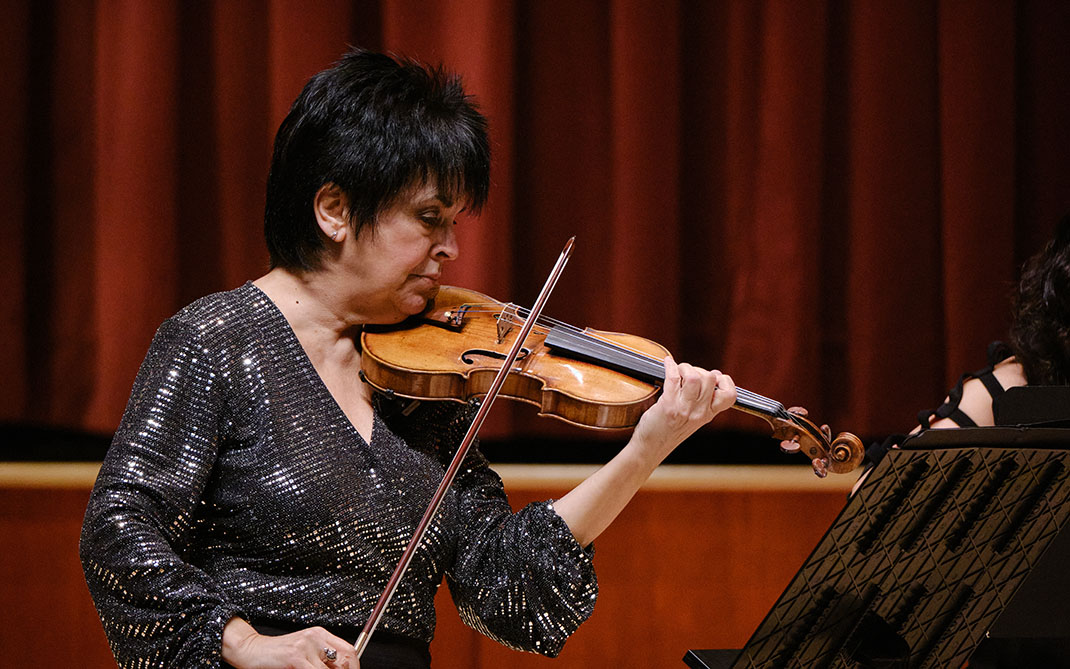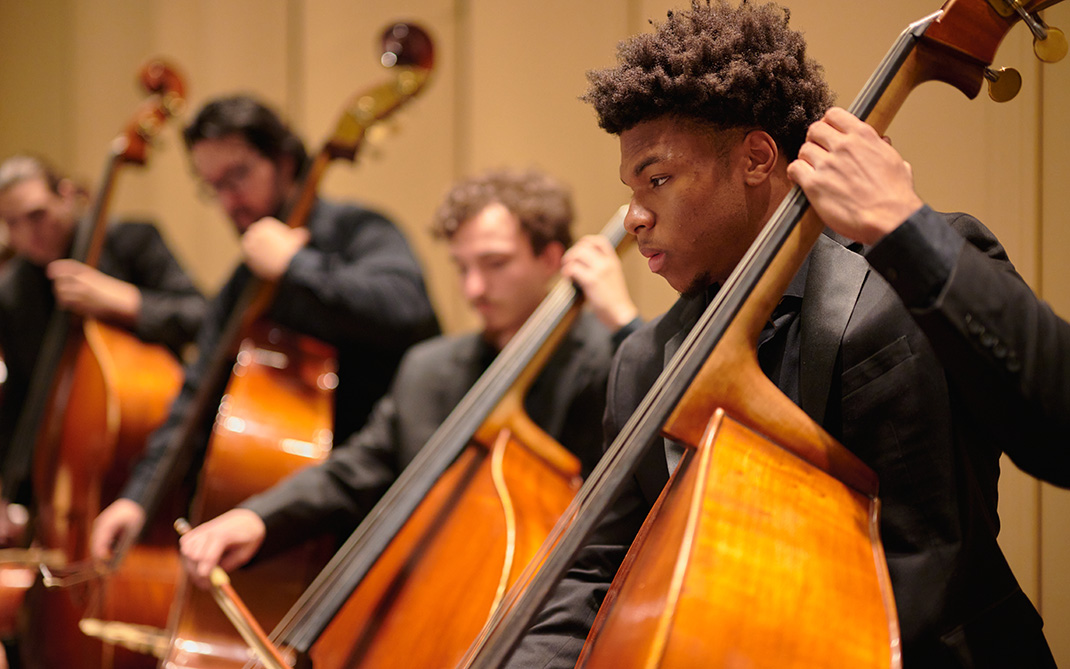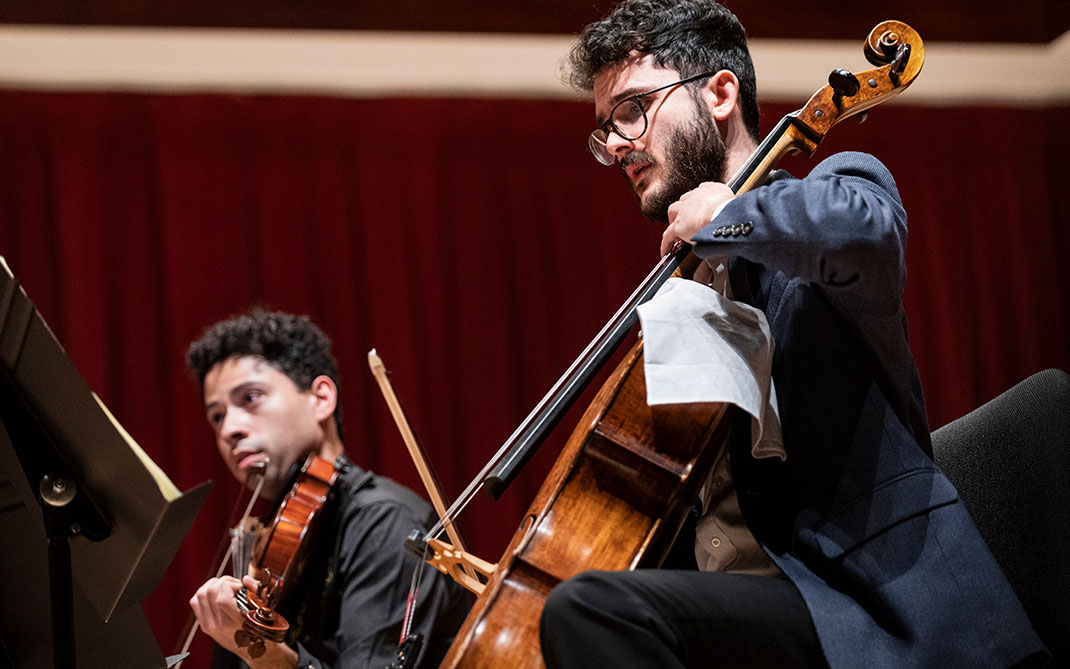Performance Overview
Hungary — everywhere and all at once! The legendary Hungarian violinist Ede Reményi introduced Brahms to the Roma style of music that inspired his “Hungarian Dances,” among the composer’s most popular works, thanks to their fiery temperament and exuberant spirit.
Then it’s Kodály’s “Dances of Marosszék,” based on the authentic Hungarian folk songs and dances he collected in the Marosszék (aka Transylvania) district. Concluding this magnificent program is one of the 20th century’s musical high points, Bartók’s final orchestral work. The composer supplied guideposts for his palindromic Concerto for Orchestra: “The general mood of the work represents, apart from the jesting second movement, a gradual transition from the sternness of the first movement and the lugubrious death-song of the third to the life-assertion of the last one.”
Every section and every principal player gets a place in the spotlight in this glorious masterpiece, which ends in a whirlwind of a fugue for all forces.
